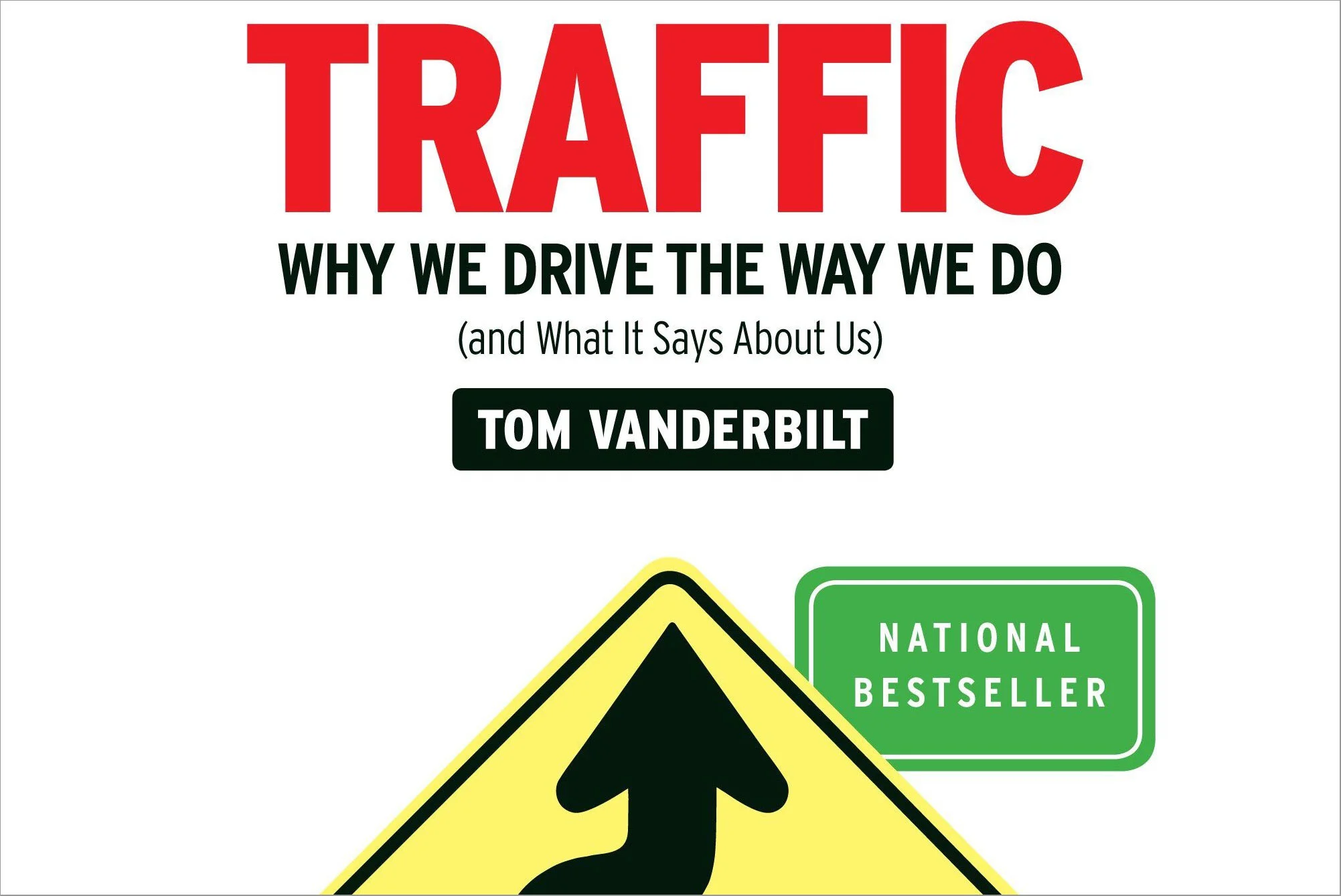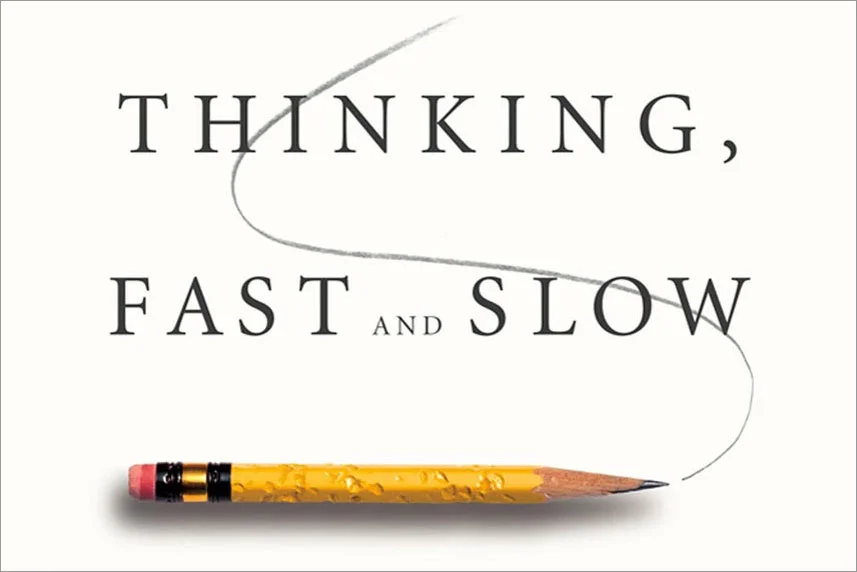“Traffic” by Tom Vanderbilt
Traffic: Why We Drive the Way We Do (and What It Says About Us)
By Tom Vanderbilt
2008
416 pages. Audio: 13 hours and 31 minutes.
Nonfiction
—
Let us take a moment to vent our anger. We are in a long string of traffic. We are trying to get off the interstate from an exit ramp. Things are moving very slowly. We are patiently waiting our turn in a long row of cars. And then there are those people who are certainly among the worst in the world. Those most loathsome beings: the late mergers who, instead of waiting in the long row of cars stringing out along the interstate, cut in at the last moment to save themselves a couple of minutes at the expense of their eternal souls. And while we are at it, have you noticed that some sign language has developed among drivers, but there is no universal sign for “I'm sorry! I know that was stupid and I hope I didn't ruin your day”? There are other sentiments that we more readily express with a hand gesture.
Which brings me to the delightful book Traffic by Tom Vanderbilt. Maybe the subtitle says it all: Why We Drive the Way We Do (and What It Says About Us). Any book about traffic will certainly wind up being a book about human nature. A mere scan of the chapter titles would have you scrambling to buy this book. Here are just a couple of my favorites: chapter 1 “Why Does the Other Lane Always Seem Faster? How Traffic Messes with Our Heads,” or chapter 4, “Why Ants Don't Get into Traffic Jams (and Humans Do).” Or dare I point out chapter 5? “Why Women Cause More Congestion Than Men (and Other Secrets of Traffic).” I don't write them; I am just quoting them.
By now you can tell that Vanderbilt is having a lot of fun with this topic, but it is also a deeply researched and sophisticated presentation of the very real discipline of traffic science. Have you ever been on the road where there seems to be an unnecessary curve? That's because, according to Vanderbilt, “Most crashes happen on dry roads, clear, sunny days, to sober drivers.” That curve was put in there just to keep you on the ball. Among other things, this book is a sobering lesson on overconfidence, the dangers of multitasking, and distraction generally. People who wouldn't think of driving drunk, engage in driving activities that are every bit as dangerous and deadly, yet they unreasonably will not change their behavior. Do I feel a sermon coming on?
It might be difficult to convince you that a book on traffic can be a delightful read, but I assure you this book is it. And you will develop a whole new appreciation for those traffic engineers who spend their lives trying to make sure that traffic flows a little more smoothly. I promise you, there really is a science to it.
Oh and by the way. You remember those loathsome late mergers? Well, their heart might not be in the right place, but it turns out they're actually good for traffic.
For more in this series, visit the “Reading with Randy” home page.









